The state of rooftop solar PV systems in India
The state of Rooftop Solar PV systems in India
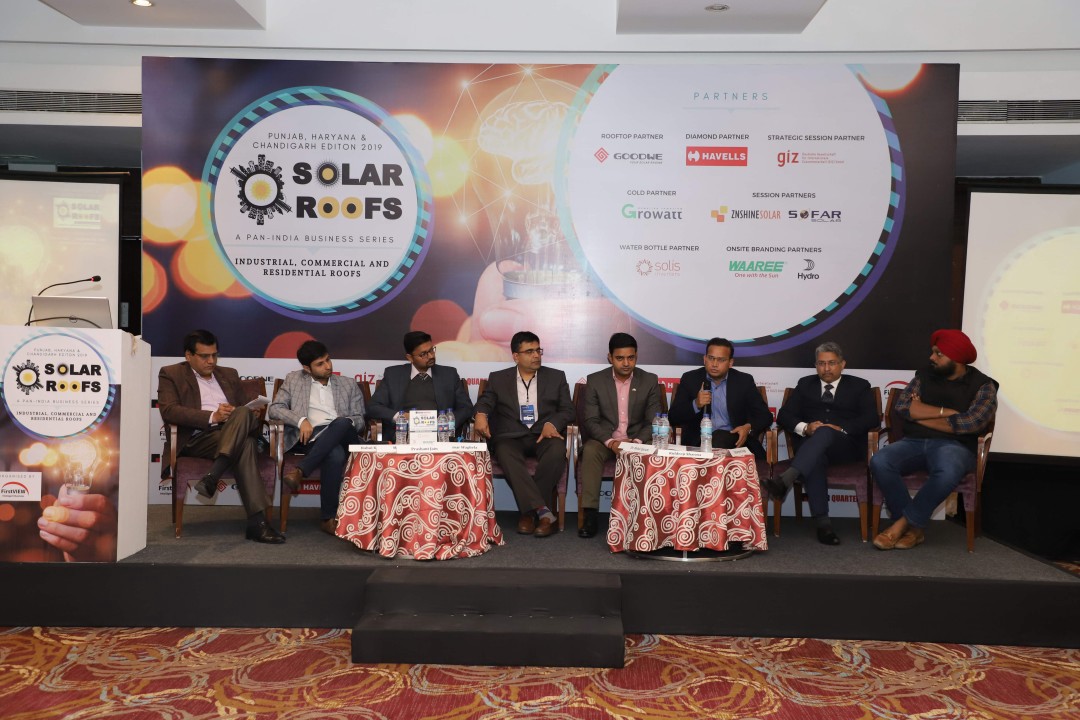
India has an ambitious goal of installing 175GW of renewable energy by 2022 out of which 40 GW has been targeted to come from rooftop systems. Analyzing this opportunity, many big companies have increased their focus on rooftop installs who were primarily focused on ground mounted solar installs. Some companies, like Havells, entered the solar industry with a vision to focus on rooftops and many new small companies, with young entrepreneurs, were created to take a lead towards this opportunity. The solar industry is moving rapidly towards achieving the goal of 40 GW rooftop installs by 2022.
In past 5 months, I got an opportunity to visit several urban rooftop sites (on-grid and off-grid) and having spoken with over 50 companies (mostly the known names in the Indian solar industry), I was able to draw some commonality between the post- install problems faced by the solar companies and the end customers. It was very evident that our solar industry lacks a customer-centric approach. Most solar companies are only focused on increasing their customer base rather than on providing a customer care that would ensure happy and educated clients. Word of mouth is the best way to acquire customers and unhappy customers are only leading to more damage to our solar industry because people talk and most of them aren’t talking any good about their solar system performance and customer service. If we analyze from a customer’s perspective, most of the customers are not even aware of how good or bad their solar system is performing.
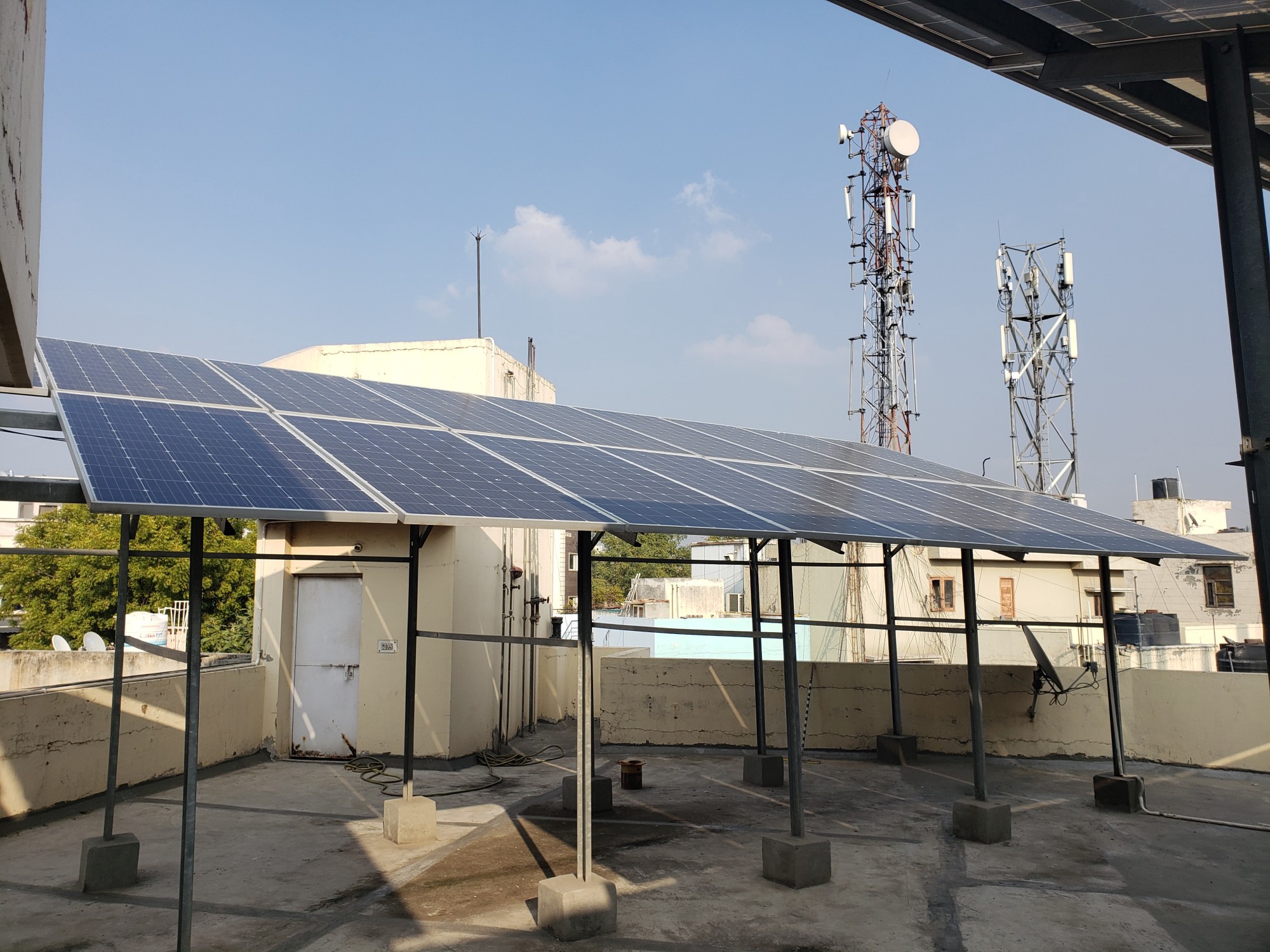
I happened to speak with a customer in West Delhi and he mentioned that he has noticed a reduction in his electricity bill and he had appointed a person to clean the solar panels twice a week but still he doesn’t see as much production from the panels in comparison with what he was promised while buying his solar system. After visiting his site, I noted that the panels are all covered with dust and pigeon poop and his system was producing over 30% less than what it should. There are many such customer stories which testifies the lack of transparency, awareness and absence of system alerts which would keep the customer informed of their system’s health.
A few months back, I attended a solar conference, Solar Roofs, organized by Solar Quarter, in Chandigarh where many big and small, old and new solar EPCs were discussing their O&M problems.
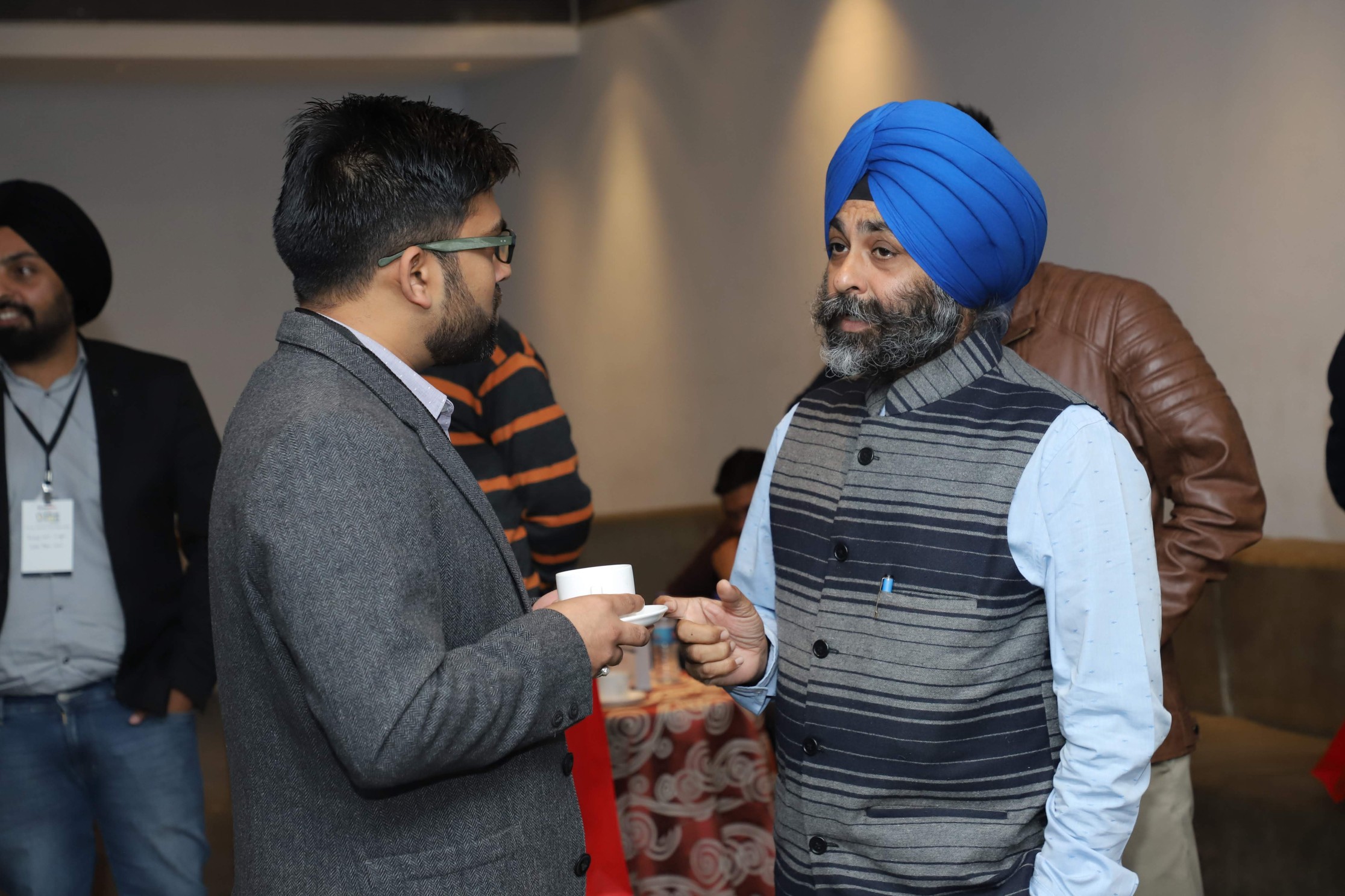
Like any other industry, the solar industry in India is also extremely competitive and customer’s price sensitivity has further added to continuously falling rates of solar system installations. In a small city like Chandigarh (tri-city area), there are 50+ solar companies registered.While talking with some solar panel manufacturers and leading rooftop solar EPCs, it was realized that it is just a matter of time that the small scale (less than 10kW) residential installation demand would increase but this segment lacks an effective remote monitoring solution that not only alerts the EPCs of maintenance issues but also alerts customers to take care of their system to optimize the production from their solar system.
Current monitoring solutions, for smaller rooftop systems, are expensive, lack solution focus for small rooftop scenarios. Rooftop systems are more prone to dust, bird poo, shadowing from nearby unplanned construction etc so there is an imminent need for remote monitoring to alert the customers as well as EPCs.There is no solution that provides a predictive analysis mechanism for EPCs and customers to analyze system losses before they occur. There is no cost effective solution to cater to this small scale residential system which is going to be a backbone of the solar industry in India and price competitiveness is further worsening the health of these solar installs. The aftermath of this unhealthy competition is SUFFERING!
Sufferings of a solar EPC:
1. Low-skilled technicians for O&M.
2. Profits are too low to proactively provide maintenance services.
3. Remote Monitoring of solar systems requires a lot of manual effort.
4. Customers don’t own up to regularly clean the solar panels (lack of customer awareness and lack of data to help encourage cleaning).
5. Customers complain about lower than estimated production from solar panels, blaming solar companies for poor quality installation.
6. No data driven intervention to manage solar assets. Lost time and money!
7. Reactive maintenance after customer complaints, leading to more customer dissatisfaction.
As per the renowned PV Magazine’s article from September 2019, it states- “Here is a startling fact — over one-third of all consumers who have installed solar on their roofs, both industrial and residential, would not recommend their vendors to their friends. The performance of these vendors left much to be desired. This lack of satisfaction of consumers has greatly hampered the growth potential of solar in India.”
Sufferings of the end customer:
1. Unstable remote monitoring (problems with the mobile apps or internet)
2. If the system is down, it has to be identified manually, so at times days or weeks or even months pass by before realizing that their system wasn’t producing power at all.
3. System under produces for unidentified reasons.
4. Accumulation of financial losses and extended ROI on their systems.
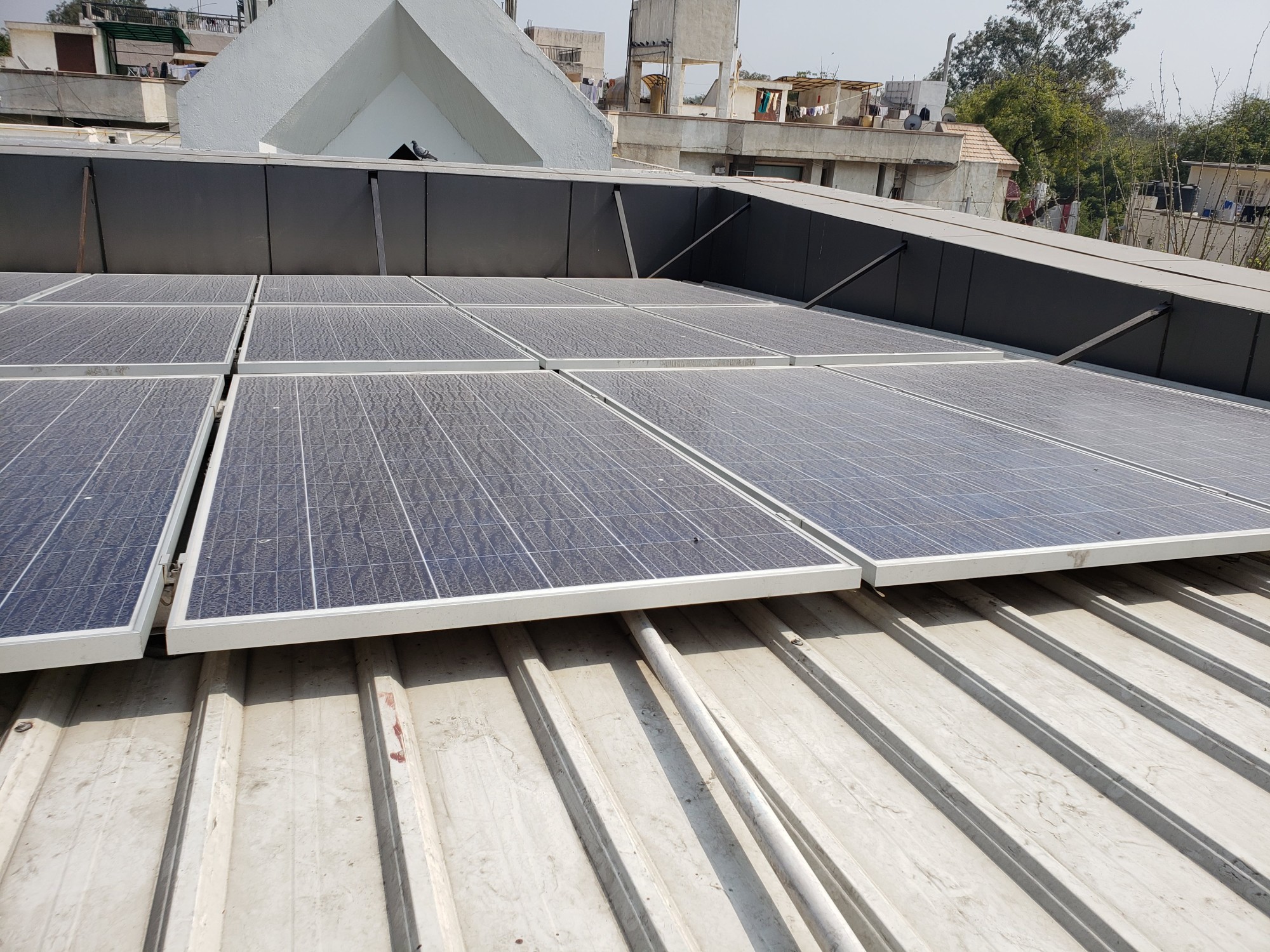
Indian solar industry is maturing and as more systems become old (5+ years), the maintenance and system health issues are inevitable. Newer EPC companies do not care much about O&M issues because for the first few years these systems work just fine, but as systems become old many problems such as wiring issues, design flaws, component replacement, system degradation etc needs attention and having access to an affordable monitoring solution would immensely help the EPCs adopt a customer centric approach by eradicating these problems before it surfaces and affect the solar system health.
In my opinion, the real question is not if India would be able to meet its renewable energy targets, rather the question should be- how sustainable would be our renewable energy ecosystem? Yes, it would be great to add another 10GW of solar energy to the grid, but what really matters is how many kWh or MWh are we effectively producing from this 10 GW?
As they rightly say, data is the new oil– we need data and automation to proactively maintain our solar systems. There needs to be a mechanism in place to increase customer engagement and awareness. As reported by few agencies, only one-third of the customers are happy with their solar installers, therefore we must provide solutions to make sure the customer is happy and helps in increasing the demand. A remote monitoring solution that empowers companies to be more proactive with maintenance. We can achieve all this with a plug and play sensor, AI driven PR calculation, predictive analysis so that before the system fails we provide alerts and increase system’s availability. Data-driven actions will help build transparency and trust between the EPC and their customers. We can bring customers closer to his system (more savings, alerts on when to clean etc), EPCs closer to their customers.
At SmartHelio, we have developed a plug and play, affordable and reliable AI based sensor which provides data analytics in easily understandable reports and system alerts both for the rooftop system owners and EPCs. Our goal is to provide EPCs with tools to build a customer-centric approach in their business, keep end-customers happy and help generate more demand for solar rooftops.
A visit to solar mini grids in Araria, Bihar
Visit to Solar Mini Grids in Araria, Bihar
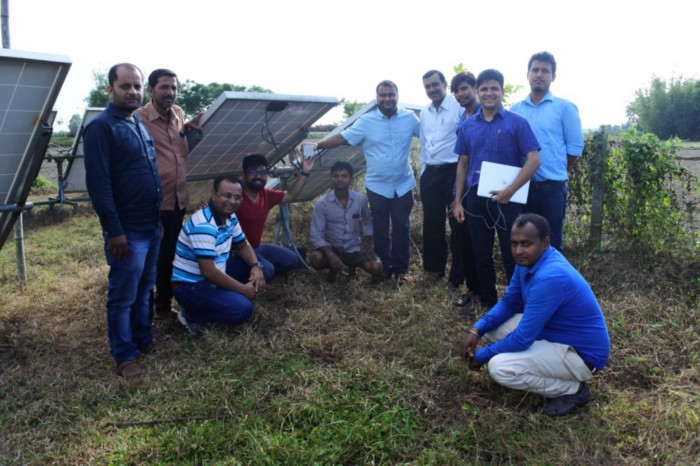
Rural electrification has been a long pending issue in India, but thanks to the new policies (like Saubhagya scheme) which is helping rural population to connect with the grid for the first time ever. Although many rural households have started to connect with the grid, there are still a lot of challenges that rural electrification faces. Reliable electricity connection, high connection costs, paperwork, electricity meter readings still need a lot of work on top of finding a solution to make DISCOMs financially healthy!
Smart Power India reports (Feb 2019) “Presently, almost 40% of grid-electricity users (in rural India) do not express satisfaction with grid-electricity services. Dissatisfaction stems from attributes of reliability and adequacy. With regards to affordability, the impact of poor metering and irregular billing and collections contributes to negative perceptions.”
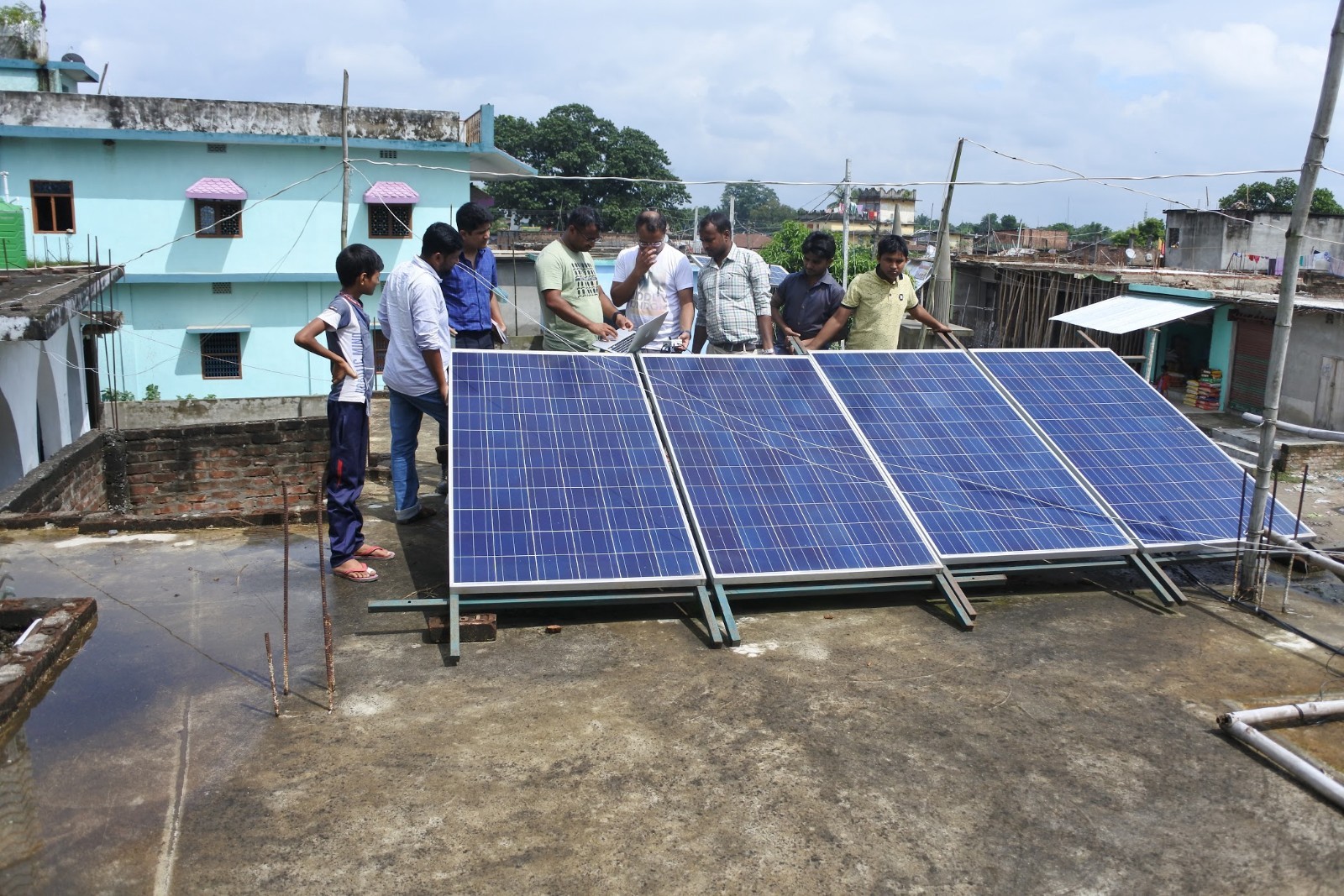
Having worked in the Solar PV industry for 6 years, I am still very new to the Indian Solar industry. I was fortunate enough to tag along with the team of LEDsafari, SmartHelio and Smart Power India in September to visit Araria, Bihar. A local IPP, DESI Power, has setup multiple tiny solar grids in the village of Araria to fulfill the very basic needs of the under serviced poor. These tiny grids were 1.2 kW each and provides electrical connections mostly to rural enterprises and households. Per connection a customer could only run a fan, one LED bulb and a mobile charging point. In the conversation with DESI Power, they reported that system downtime, reliable resources to maintain the systems and payment collection from customers are some challenges that had begun to challenge their existence.
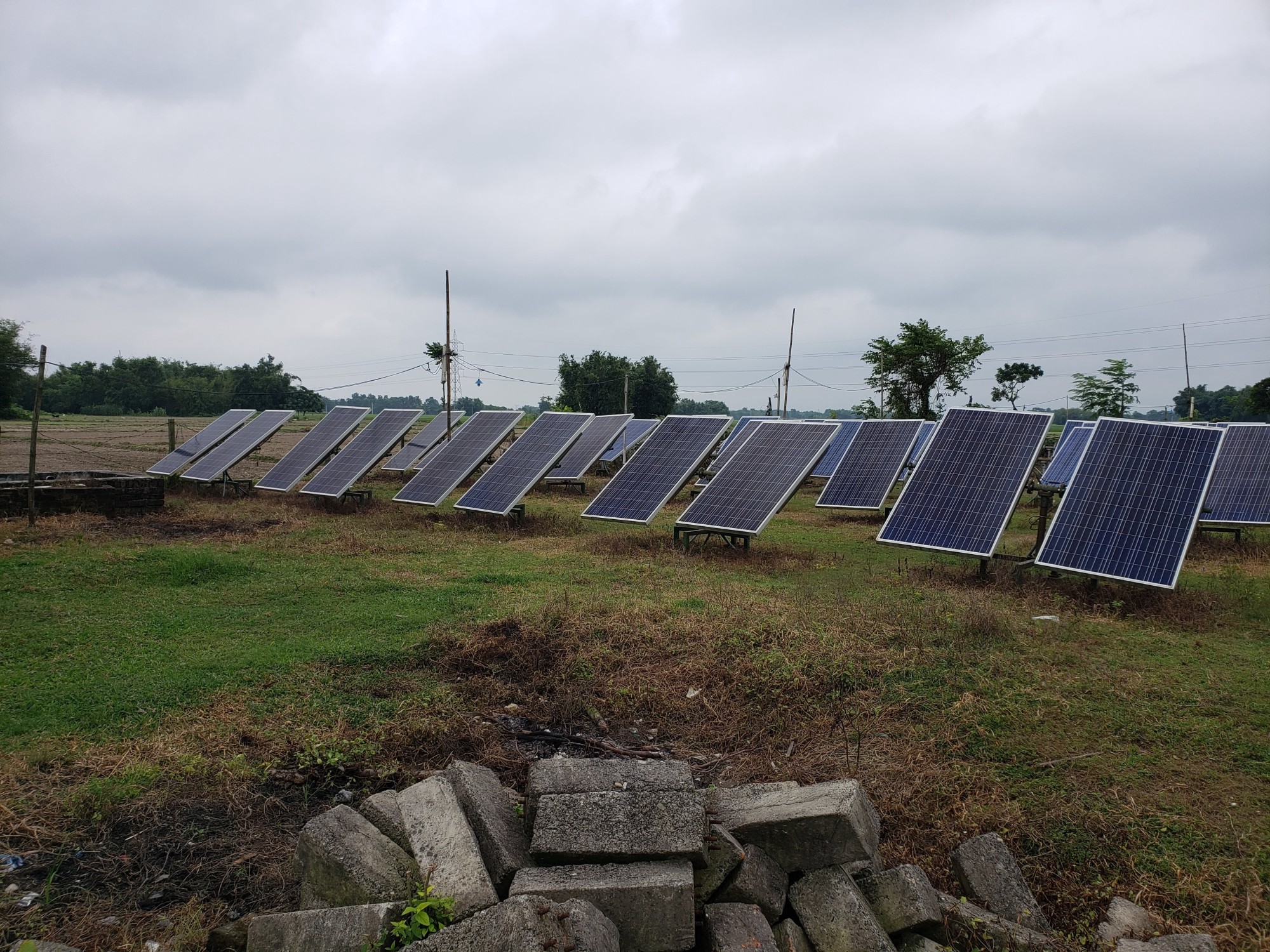
To counter the financial struggle, DESI Power started another model where in they built a mini grid to power machines to manufacture agricultural products, run water purification units etc which they sell in the market. They also built a biomass gasification unit where they use agricultural waste as fuel and the electricity produced by this unit is sold to farmers to power water pumps.
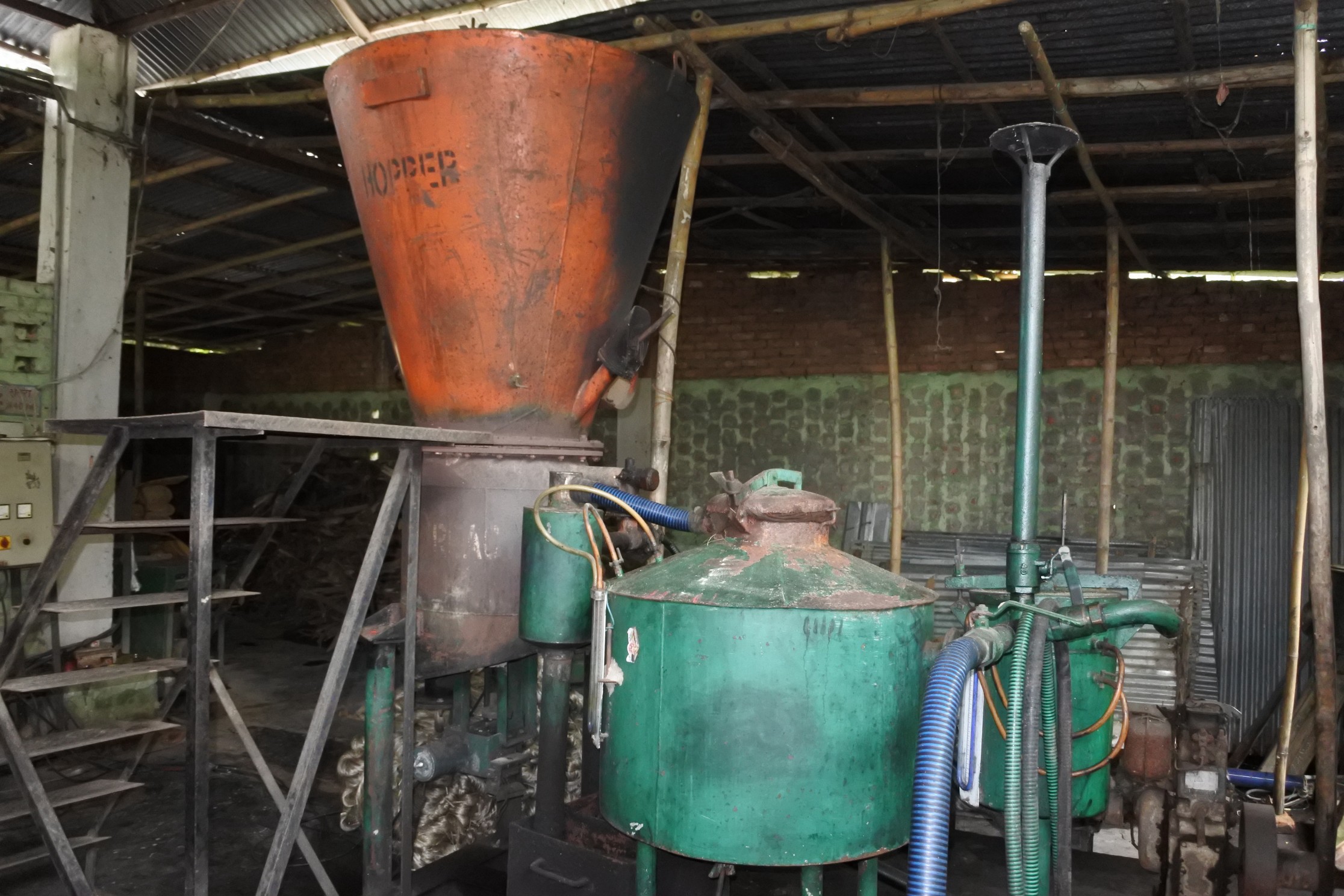
Monitoring and maintenance of these solar PV systems are currently very ineffective. SmartHelio has developed a AI-based monitoring ecosystem, HelioHealth (sensor), which can not only localize the fault, but also does predictive analysis of the issues which could result in lower production or system downtime (HelioApp- online monitoring platform). Their solution can reduce the system downtime of these mini/tiny grids by 80%. Not only that, they have build a comprehensive solution by developing an e-learning platform which links to the problems detected in the system and gives video lessons in local language which could be easily understood and utilizeded by the locals, coming from lower educational backgrounds, who maintain these systems.
This easy to install and universal sensor could truly help resolve the Indian Solar industry’s maintenance issues and enable EPCs to make data driven decision! LEDsafari is responsible for implementing the project as well as training development for the unskilled technicians. LEDsafari has years of experience in rural elecrification through their innovative DIY solar lamp and training programs.
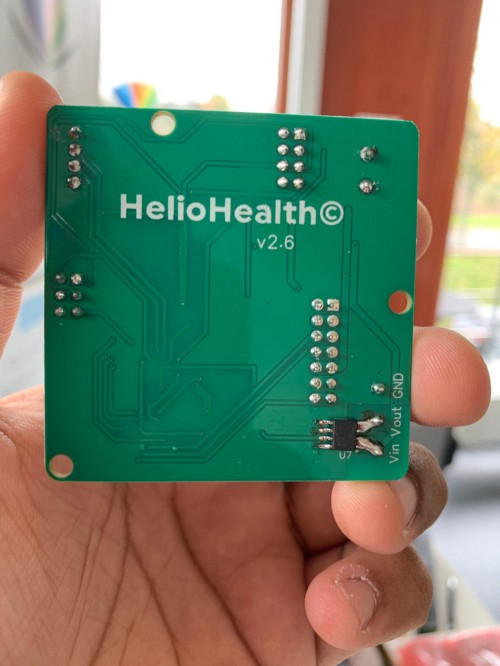
Indian solar industry is growing rapidly and the maintenance of these systems is becoming a growing concern among investors. India receives far more sun hours than the US, but the systems in the US are far more robust, reliable and profitable even though their cost of installation is significantly higher than similar size solar systems in India. The data-driven, Machine Learning based alerts and reports provided by the SmartHelio monitoring ecosystem is going to be a very disruptive solution for the industry!!

Before I put this article to an end, I must say that the infrastructural developments in a village like Araria were simply mind blowing. These roads were recently built under the Pradhan Mantri Gram Sadak Yogna. You can now find electric poles installed in villages. Things, though slow, are improving. We, however, need to be smarter on our decisions. We not only have to built systems (energy, roads, housing etc), but we need to make them sustainable!!

